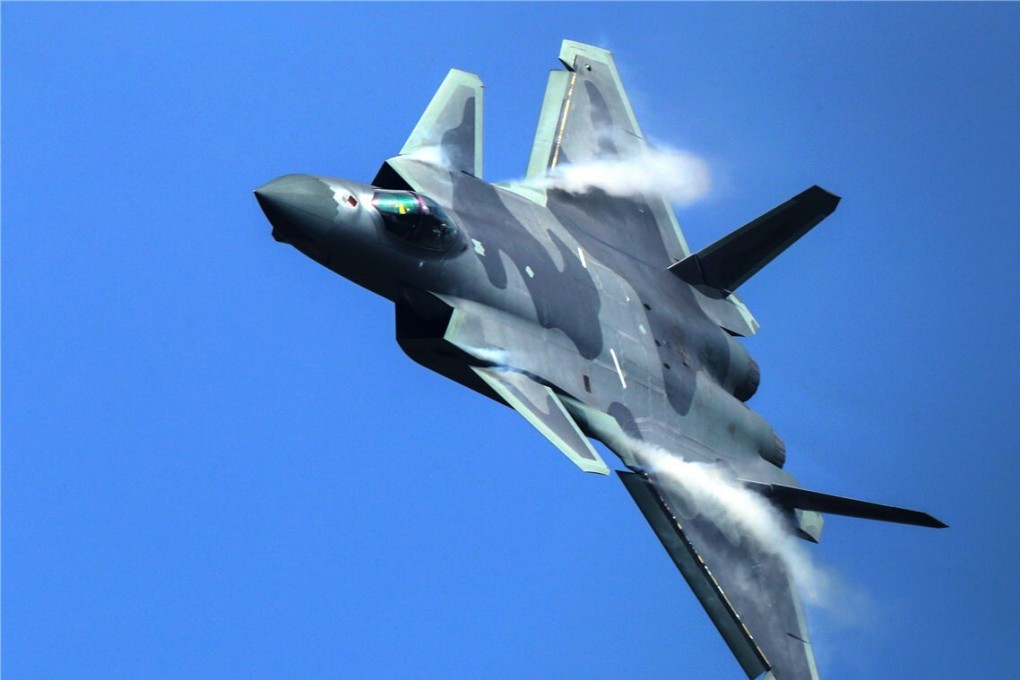Advancements in Superalloy Manufacturing Could Revolutionize Aircraft Engine Technology
Chinese researchers have made significant progress in developing a new superalloy processing technique that could lead to stronger and more durable aircraft engines. According to recent reports, the method involves cooling metal alloys at an accelerated rate during manufacturing, which could enhance the performance of critical engine components.
Superalloy turbine discs are essential elements in aircraft engines, and their quality directly impacts the engine’s power, efficiency, and lifespan. These discs must withstand extreme temperatures, high pressure, and high rotational speeds. The new technique developed by a team at Dalian University of Technology aims to address these challenges by improving the cooling process during manufacturing.
The research team focused on a key challenge in the production of turbine discs: achieving rapid and uniform cooling of the superalloy. Traditional methods often result in uneven grain structures, which can compromise the strength and longevity of the material. By using multiple high-speed jets of water in a fine mist, the researchers were able to cool the alloy more efficiently. A computer simulation model was used to optimize nozzle placement and jet settings, ensuring precise control over the cooling process.
According to the report, this method achieved a cooling speed 3.75 times faster than conventional techniques, with a more than fourfold improvement in crystal grain size distribution. An ultra-high temperature disc at 1,200 degrees Celsius cooled down by 673 degrees per minute using this approach. This level of efficiency is crucial for meeting the demands of next-generation aviation engines.
Shi Jinhe, a leader of the research team, stated that the cooling speed has met the requirements for advanced aircraft engines. The team plans to accelerate the application and transformation of their lab results into practical use.
Aircraft engines have long been a challenge for China’s aerospace industry. The country’s fifth-generation fighter jet, the J-20, faced years of engine-related issues, commonly referred to as “heart disease.” The development of the WS-15 engine, designed for the J-20, was repeatedly delayed, leading to the use of inferior engines that limited the jet’s performance. It wasn’t until July 2023 that the first J-20 prototype equipped with two WS-15 engines began testing—over 12 years after the jet’s maiden flight.
To address these challenges, China has prioritized advancements in aircraft engine technology through various state strategies. Recent developments include improvements in powder metallurgy processing and the use of DD6 superalloy for turbine discs in the WS-15 engine. Researchers are now working on a DD9 superalloy for the next generation of fighter jet engines. This new material is reported to withstand temperatures of up to 1,200 degrees Celsius, potentially matching the performance of the XA100 engine used in America’s F-35 fighter jet.
The ongoing efforts in superalloy research and development highlight China’s commitment to advancing its aerospace capabilities. As the country continues to invest in cutting-edge technologies, the potential impact on global aviation and defense industries remains significant. With further refinement and application of these innovations, China may soon close the gap with Western counterparts in the field of high-performance aircraft engines.







